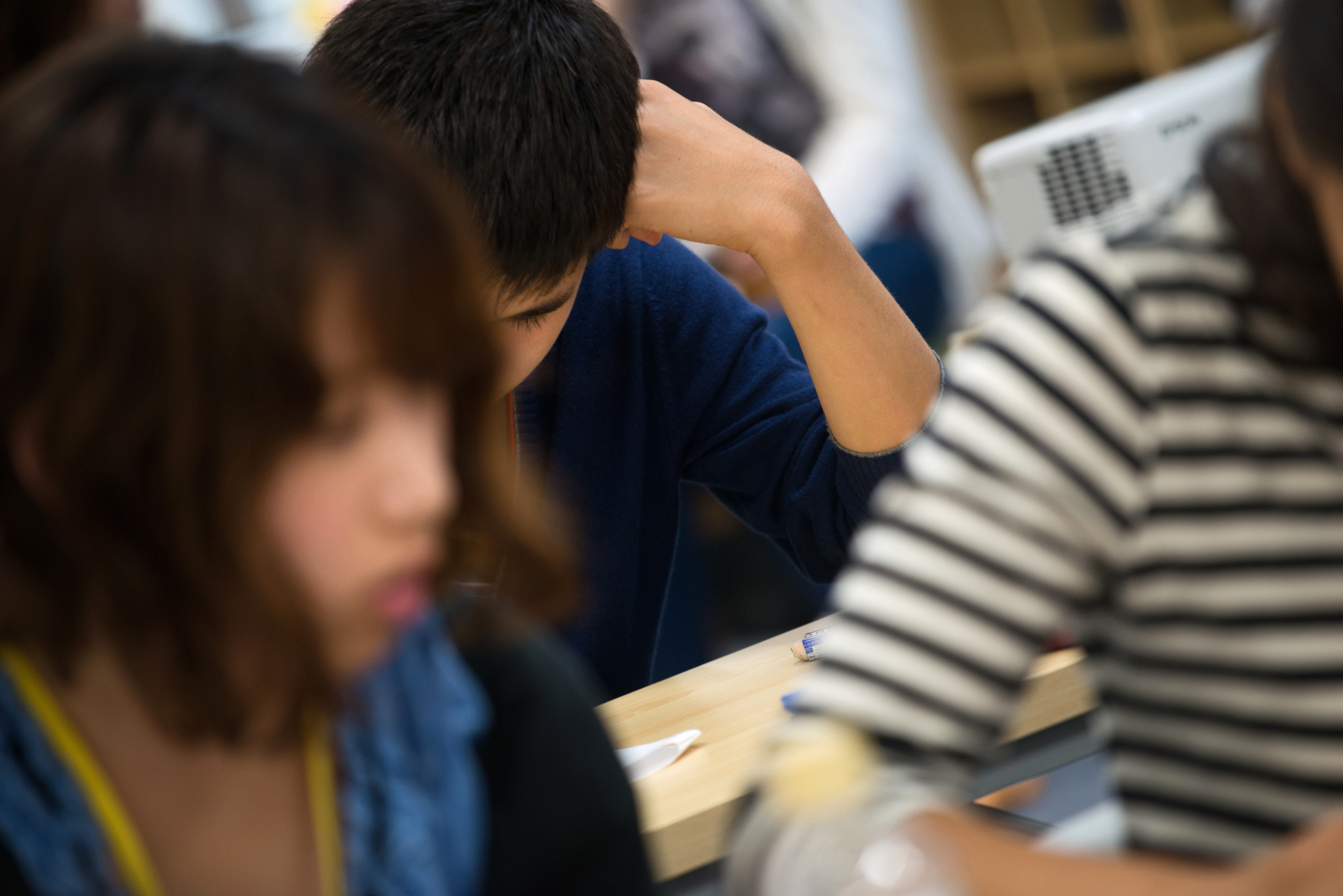Japan has the 6-3-3-4 education system — compulsory education of six years in elementary school and three years in junior high school. Students then commonly go on to three years in high school and four years in university.
International comparisons show that after completing their compulsory education, the scholastic ability of Japanese 15-year-olds is excellent, occupying a top position among the Group of Seven countries. In 2015, the Program for International Student Assessment (PISA), which evaluates the learning achievement of students among OECD members, Japan ranked second in scientific literacy following Singapore, eighth in reading comprehension after South Korea and fifth in mathematical literacy behind Taiwan. Improved performances in such Asian entities as Singapore and Hong Kong are spectacular, but Japan is also maintaining a fairly good level of education not far behind them.
However, a different picture emerges in university rankings. The Times Higher Education World University Rankings 2018 shows that the University of Tokyo, Japan's top institution, ranks 36th and Kyoto University, the nation's second-best, at 74th. They are the only two Japanese universities among the top 100 institutions. Japanese universities as a whole rank only 10th in the world — on par with China and South Korea. I suspect that the problem with Japan's education lies at the level of higher education. Let's consider the direction needed for reform in this field.


















With your current subscription plan you can comment on stories. However, before writing your first comment, please create a display name in the Profile section of your subscriber account page.